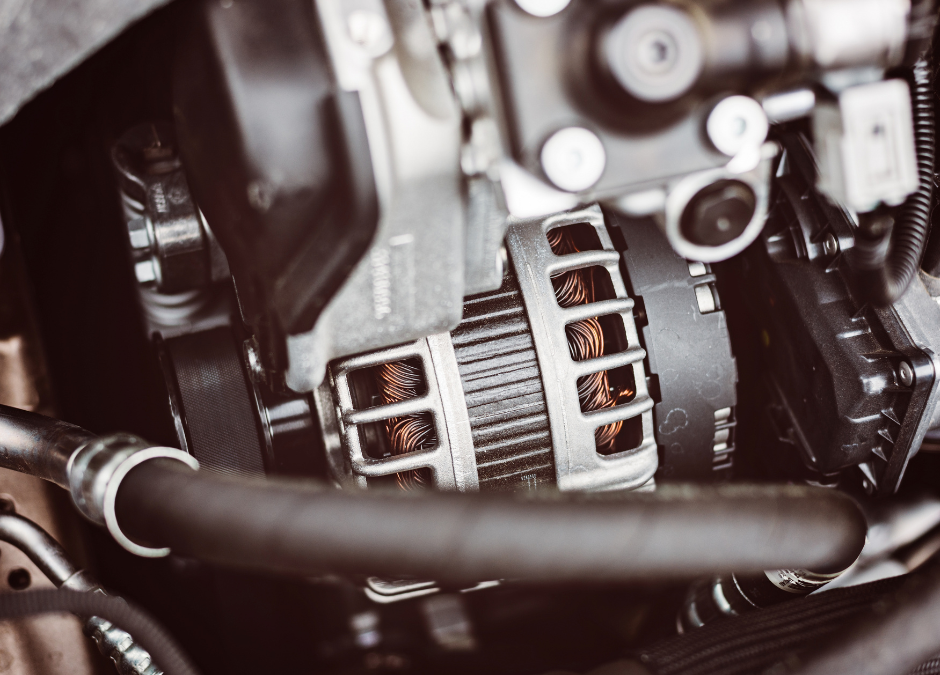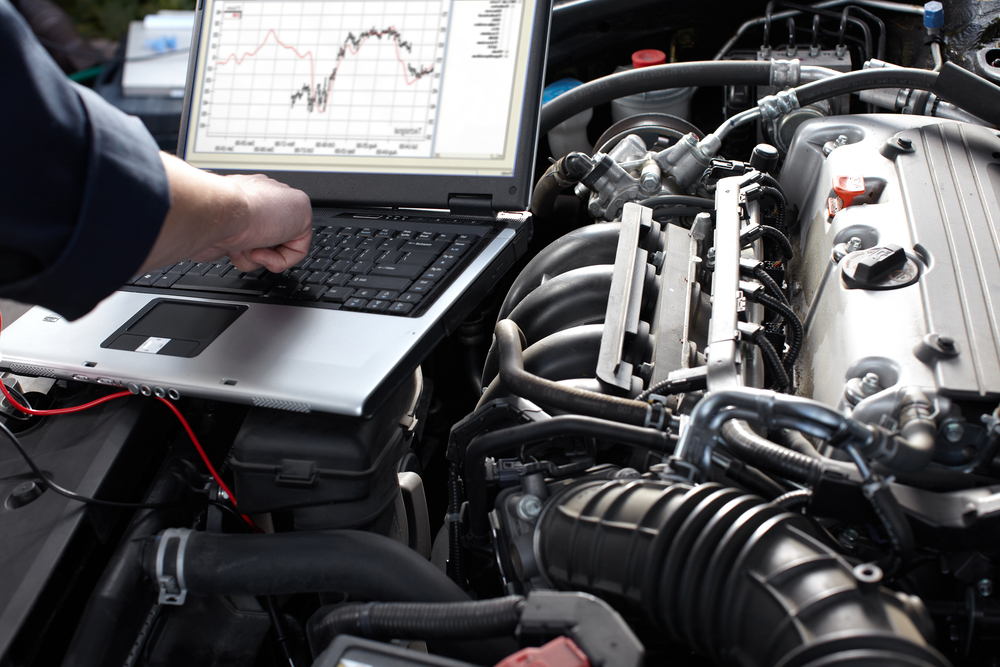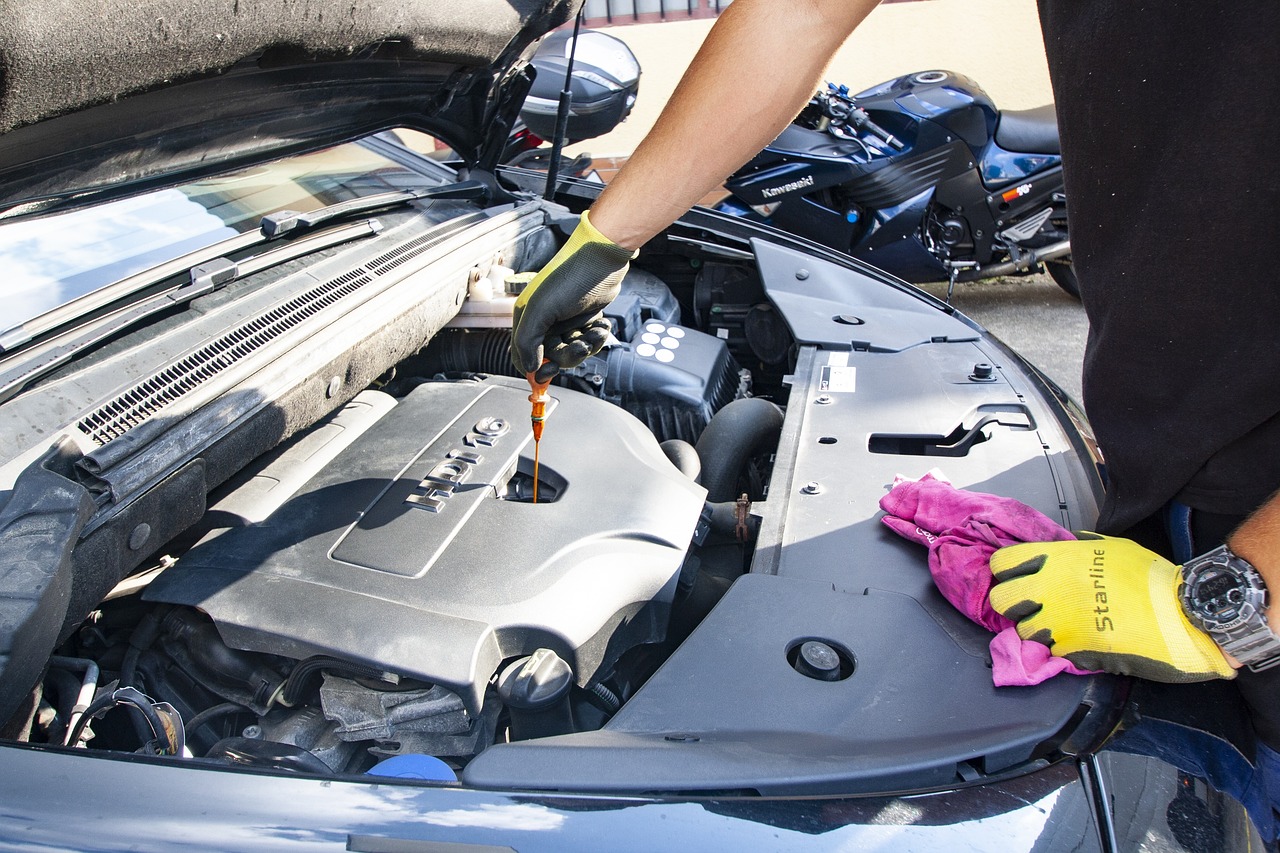The intricate web of wires and circuits in your car is more than just an assembly of parts; it’s the lifeblood that keeps the vehicle humming and responsive. As cars have evolved, so has their reliance on electrical components. From touchscreen displays to advanced safety features, the modern automobile is more electrically driven than ever before. However, with sophistication comes the responsibility of maintenance. Neglect it, and you might be looking at hefty repair bills, or worse, potential safety risks.
Understanding the Car’s Electrical System
To grasp the depth of your responsibilities, it’s essential to understand the primary electrical components in your vehicle:
Battery: The heart of the system. It powers all electrical components when the car isn’t running and ensures smooth operation.
Alternator: Works hand in hand with the battery, charging it while the car runs, and powers the electrical system during operation.
Starter: As the name suggests, it jump-starts the engine. When you turn the key, the starter uses electricity from the battery to crank the engine.
Fuse Box: It houses the fuses that prevent overcurrent by breaking circuits if they pull too much power.
Each component is crucial, and a failure in one can cause a cascading effect, impacting the vehicle’s overall function.
Regular Inspection is Key
To keep the electric heart of your car beating without hiccups, regular inspections are crucial. Here’s a handy breakdown:
Monthly Checks:
- Inspect the battery terminals. Look for any signs of corrosion or damage. These terminals should be clean and tight for optimal performance.
- Lights are crucial for safety. Ensure the headlights, taillights, brake lights, and turn signals are all functioning well. A dim light or a non-functional one can be a hazard on the road.
- Give that horn a quick honk! It’s not just for venting road frustration but is vital for alerting others on the road.
- Don’t overlook the interior lights and dashboard lights. They might not seem crucial, but they play a significant role, especially during nighttime drives.
Quarterly Checks:
- Examine the battery cables. Any signs of wear or damage can lead to poor connections and system failures.
- The alternator belts are often overlooked. Check them for any cracks or wear signs. A failing belt can lead to a dead battery or other issues.
- A simple battery voltage test can save you from unexpected breakdowns. Ensure it’s within the recommended range.
- Lastly, inspect the fuses. A damaged or blown fuse can be an early sign of more significant electrical issues.
Common Warning Signs of Electrical Problems
Staying vigilant can help catch issues before they escalate. Here are some warning signs:
- Dimming or flickering headlights often indicate battery or alternator problems.
- A slow cranking engine during start-up is a classic symptom of a weakening battery or starter issues.
- If your car accessories like the radio or air conditioning display inconsistent power, it’s a sign there’s an electrical glitch.
- Recurrent blown fuses? It’s not just bad luck; your car’s electrical system might be overloading.
- And of course, those warning lights on the dashboard aren’t just for decoration. Take them seriously!
Conclusion
Electrical maintenance might seem like a hassle, but it’s a small price to pay for the safety, reliability, and cost savings it brings in the long run. Think of it as a relationship with your car: a little attention and care go a long way. So, before you crank up the radio and zoom off, take a moment. Listen to your car, observe its signs, and take a proactive approach to its electrical health. After all, your vehicle serves you daily; it’s only fair to reciprocate. Safe driving!





